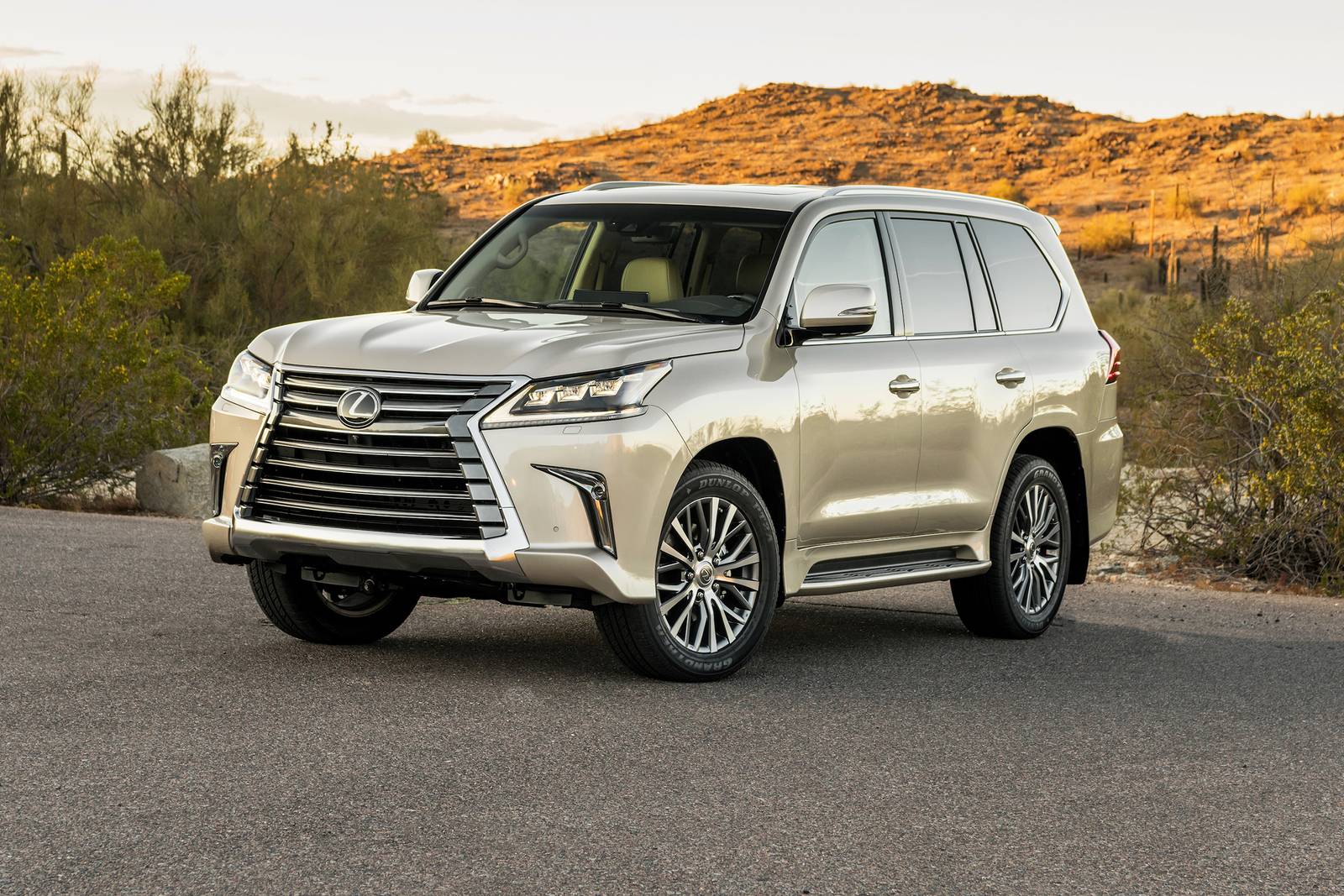Cars have evolved from the simple two-stroke, one-cylinder powered carts to the more sophisticated Hypercars of today. Modern cars are depending more and more on technology to make driving a much better experience. One such technology is the Adaptive Cruise Control or ACC.
Also known as active cruise control, intelligent cruise control, autonomous cruise control, or radar cruise control, ACC’s first appearance was on a car manufactured by Mitsubishi, the Diamante. It was called Preview Distance Control, and had the ability to control speed through throttle and downshifting, but not apply brakes. The latest adaptations of ACC offer much more.
What’s the Difference between Adaptive Cruise Control and Standard Cruise Control?
Standard Cruise Control, or simple Cruise Control has been around for decades and is still offered by most car manufacturers in their mid to high-end models and variants. The Cruise Control system maintains the speed of the car according to the desired level of the driver. This is very convenient, especially during long drives on open highways because the driver can take his foot off the pedal and just focus on steering.
In ACC, the equipped car can detect if there’s another vehicle in front and measure the distance between the two vehicles. When the distance reaches the minimum threshold, the system then reduces the speed of the equipped car to avoid a possible accident.

How Does ACC Work?
There are quite a few variations of ACC and it all depends on how the car manufacturer chooses to implement it. Basically, it decreases or increases the speed of the car to maintain the set distance specified by the driver.
ACC requires one or more sensors to do the detection and measuring part of the system. It can be a combination of radar, ultrasonic, laser, or even a video camera. These sensors are connected to a computer which analyzes the data gathered and initiates actions depending on the set thresholds. ACC can read and respond according to traffic on the lane where the car is.
How to Set the Adaptive Cruise Control
To set ACC, the driver must first accelerate to the desired speed then turn on ACC. He/she also needs to set the following distance or gap. This is how far the driver wants the car to be from another car in front before ACC gets into action. There are usually preset distances like short, medium, or long depending on the specifications of the ACC system of the car.

Advantages and Disadvantages of ACC
Like the standard cruise control, ACC is meant to make driving easier and more comfortable for the person behind the wheel. When set, the driver can take their mind off the pedals (gas, clutch, and brakes) while still being aware of their surroundings. ACC takes this a notch higher by detecting the car in front, measuring the distance, and adjusting the speed to avoid accidents. But ACC only works effectively during a clear day. It’s not recommended to use ACC during heavy rain or fog, when driving on dirty or muddy roads, and driving through snow. These scenarios can blind the sensors and can even cause accidents.
For more tips: qatar.yallamotor.com






Leave A Comment
You must be logged in to post a comment.